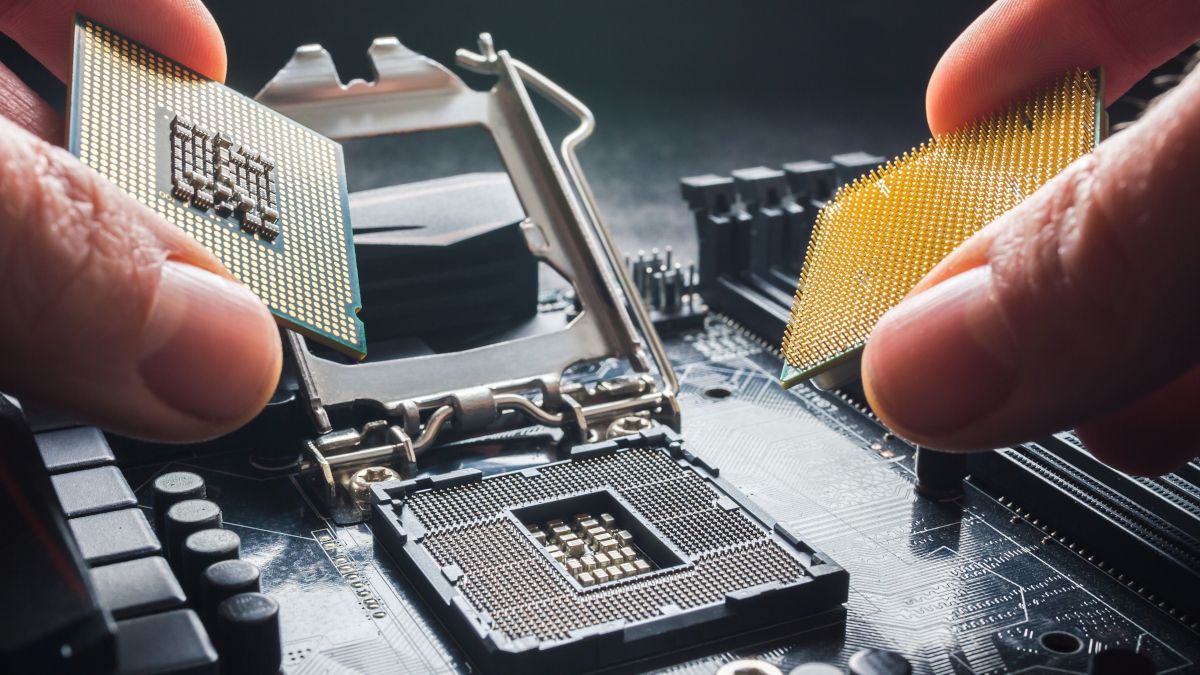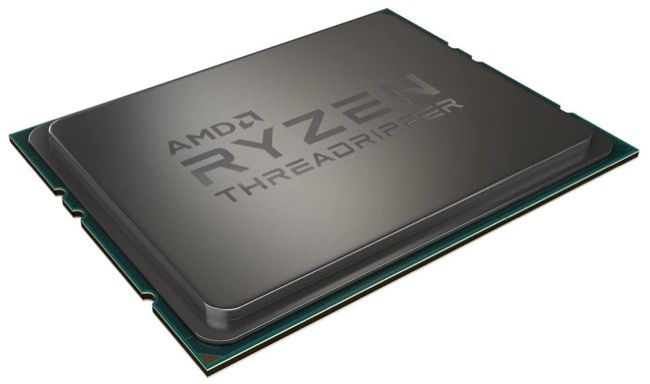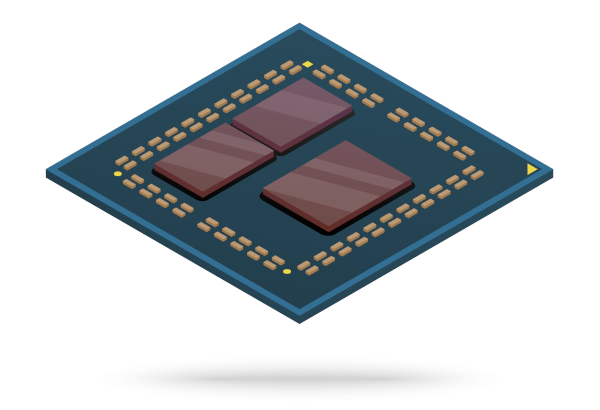You might have heard your computer processor referred to as the "brain" of your computer. Similar to your brain's multiple lobes, modern processors contain multiple chips, called chiplets, rather than a single "monolithic" chip. So what are chiplets, and why are they so common?
What Are Chiplets?
A chiplet is one part of a processing module that makes up a larger integrated circuit like a computer processor. Rather than manufacturing a processor on a single piece of silicon with the desired number of cores, chiplets allow manufacturers like AMD and Intel to use multiple smaller chips to make up a larger integrated circuit.
Multiple chiplets working together in a single integrated circuit are known as multi-chip modules (MCMs). AMD's Ryzen, Ryzen Threadripper, and Epyc CPUs, which are based on the company's Zen architecture, are examples of retail-ready products that contain chiplets.
Chiplets depend on an I/O controller chip to bring everything together into a single, unified integrated circuit.
Why Are Chiplets Necessary?
Moore's law says that the number of transistors in an integrated silicon circuit doubles roughly every two years. This observational rule was named after the co-founder of Fairchild Semiconductor, Gordon Moore, who would later go on to be the CEO of Intel.
The prediction was made in 1965 and held for around 50 years. Due to the limitations of silicon, semiconductor advancement slowed in 2010, and Moore's law is expected to be obsolete by 2025. This has led semiconductor manufacturers to look at materials like gallium nitride in a bid to replace silicon entirely.
As it becomes harder to squeeze more transistors onto a piece of silicon, yields are reduced as the limitations of silicon create more issues for manufacturers.
Chiplets are one solution to this issue. Semiconductor manufacturing is notoriously difficult, with processors traditionally manufactured on a single piece of silicon known as "monolithic" designs. Small defects lead to chips being downgraded and sold with fewer cores or even discarded entirely.
When a single chiplet is defective, it can be replaced with another, resulting in less waste than discarding or downgrading a much larger chip. This increases yields since chip manufacturers can place multiple chiplets into a single processor to make up the desired core count.
Increased Yields Means More Chips
Manufacturers can use chiplets to better meet production targets since there should be less wastage compared to traditional monolithic designs that bet the whole chip on a single piece of silicon.
Hopefully, chiplets will help increase production and better deal with the chip shortages seen in everything from graphics cards to automobiles as of late 2020 and early 2021.



